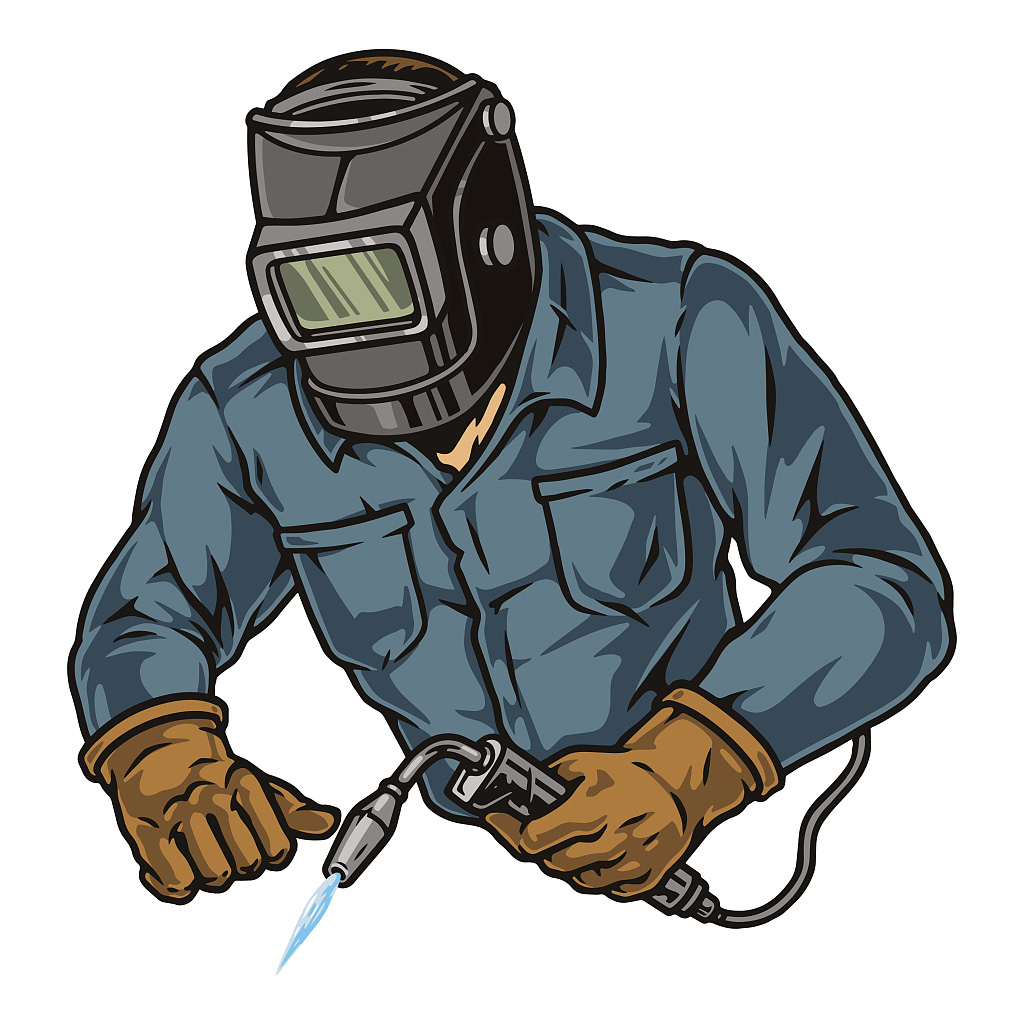Defects and preventive measures of gas shielded welding
 May 20, 2022|
May 20, 2022| View:303
View:303
1. Poor weld formation
Performance: The weld is distorted and not straight, and the forming is poor.
Reason:
a. Improper selection of arc voltage;
b. Mismatch between welding current and arc voltage;
c. Improper selection of inductance value of welding circuit;
d. The wire feeding is uneven, and the pressing force of the wire feeding wheel is too small;
e. The conductive nozzle is seriously worn;
f. Unskilled operation
Preventive measures: Select reasonable welding parameters, check and adjust the wire feeding wheel accordingly, replace the conductive nozzle and improve the operation skills.
2. Splash
Reason:
a. During short-circuit transition welding, the inductance value of DC circuit is inappropriate, too small will produce small particle splash, and too large will produce large particle splash;
b. Improper selection of arc voltage, too high arc voltage will increase spatter;
c. Too high carbon content of welding wire will also produce spatter;
d. The serious wear of the conductive nozzle and the unclean surface of the welding wire will also increase the spatter.
Preventive measures:Select the appropriate loop inductance value, adjust the arc voltage, select high-quality welding wire and replace the conductive nozzle.
3. Blowhole
Reason:
a. The purity of the gas is not enough and there is too much water;
b. Improper gas flow;
c. Unskilled operation and improper selection of welding parameters;
d. The surrounding air convection is too large;
e. The quality of welding wire is too poor and the surface of weldment is not clean.
Preventive measures: Thoroughly remove the oil, rust and water on the weldment, replace the gas, check or connect the preheater in series, remove the spatter attached to the inner wall of the nozzle, check whether the gas path is blocked and bent, and take wind protection measures.
4. Fissure
Reason:
a. The content of P and s in weldment or welding wire is high and the content of Mn is low, which is easy to produce thermal cracks during welding;
b. The surface of weldment is not cleaned;
c. Improper selection of welding parameters;
d. The welded structure is too rigid.
Preventive measures: Strictly control the content of P, s, etc. of weldments and welding wires, strictly clean the surface of weldments, select reasonable welding parameters, and change the structure of weldments with large structural stiffness or adopt preheating before welding and hydrogen elimination after welding.
5. Undercut
Reason:
a. Improper welding parameters, such as excessive voltage and current, and too slow welding speed will cause undercut;
b. Unskilled operation
Preventive measures: Select appropriate welding parameters and improve operation skills.
6. Burn through
Reason:
a. Improper selection of welding parameters, such as excessive current or too slow speed; Improper operation;
b. Root clearance is too large
Preventive measures: Select appropriate welding parameters and try to use short arc welding to improve operation skills. During operation, the welding wire can make appropriate linear reciprocating motion to ensure the assembly quality of weldments.
7. Incomplete penetration
Reason:
a. Improper selection of welding parameters, such as too low voltage, too small current, uneven wire feeding speed and too fast welding speed;
b. Improper operation, such as uneven swing;
c. The groove angle of weldment is too small, the blunt edge is too large, and the root gap is too small.
Preventive measures: Select appropriate welding parameters, improve operation skills, and ensure the groove processing quality and assembly quality of weldments.






